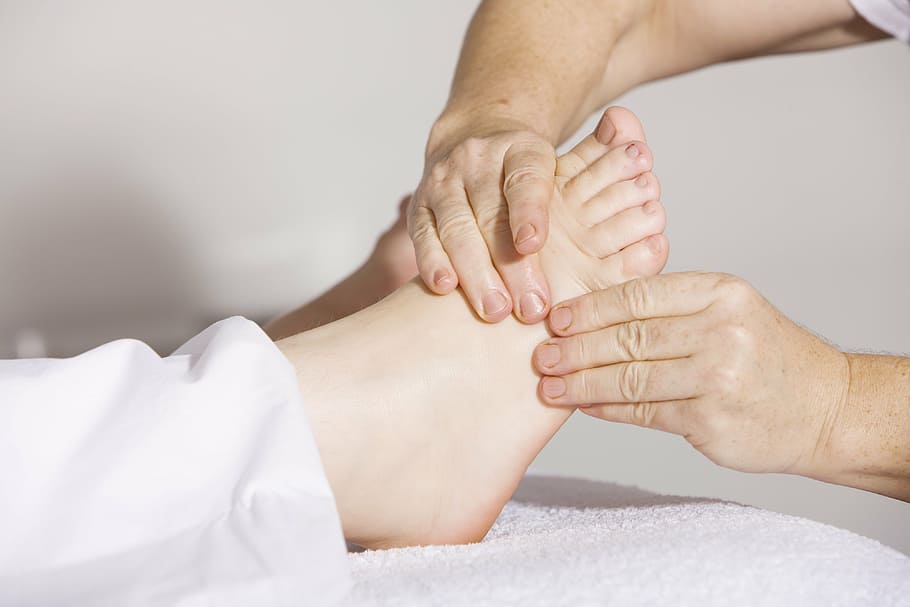Physiotherapy is a field of health management focused on promoting health, rehabilitation, injury prevention, and treatment of injuries and diseases. Professionals who have undergone the required training and licensing to practice in this field are called Physiotherapists. To become a physiotherapist like the professionals at Movement 101, one will be required to pass through years of training and have an in-depth knowledge of the human body. Physiotherapists usually combine clinical skills with hands-on treatment techniques to deliver the best possible results. This combination is often used in the diagnosis of health problems, treatment of injury symptoms, and illnesses or disabilities. Meanwhile, visit the link to avail of the best occupational therapy Coffs Harbour.
What is Physiotherapy?
Physiotherapy is a branch of medical science that is focused on movement in the body. This area of medical science works towards maintaining, restoring, and maximizing human physical strength, motion, function, and general health.
What a Physiotherapy Appointment Entails
If you have booked an appointment with a physiotherapist, it is fair to want an idea of what to expect. Your physiotherapist will most likely wish to understand your physical abilities and limitations. Using this knowledge and investigating your functional needs, the physiotherapist can develop personalized treatment plans for your needs. These treatment plans will incorporate some or most current approaches and techniques to achieve the desired result.
At your physiotherapy appointment, you should expect a couple of things. Your physiotherapist may:
- Ask about your medical history and examine your past medical records
- Carry out a thorough assessment and examination to diagnose the condition you suffer from. This can help to determine your health needs.
- Develop a personalized treatment plan around your health and health goals, lifestyle, and activities.
- Develop a set of health and physical goals to be met.
- Prescribe exercises and devices.
Qualifications to Look for When Choosing a Physiotherapist
Physiotherapists are expected to have a master’s degree in the field of physiotherapy before they can practice. Usually, this requirement is in the form of national entry-level education and practice standards. In addition, the professional would have met the requirement set by the governing board.
Professionals are also required to have taken and passed the national Physiotherapy Competency Examination, after which they can register with the College of Physiotherapy in their respective territory. All of these steps are needed before a graduate can practice in the field. The series of qualification steps are aimed at ensuring that patients get the very best outcomes from their chosen physiotherapists.
Due to years of training, physiotherapists know how to identify health problems and trace the root cause of the problem. These professionals focus not only on addressing the symptoms but also on the cause of the problem. This holistic approach increases the chances of treating injuries and preventing further occurrences of the associated symptoms.
A physiotherapist can work in different environments. They are usually seen at community health centers, hospitals, fitness clubs, private clinics, assisted living facilities, residential care facilities, workplaces, home visit agencies, schools, and other organizations.
Treatments to Expect
Physiotherapists often work in conjunction with primary healthcare professionals to ensure that issues affecting patients are fully addressed. Physicians often recommend physiotherapy services to patients after accidents, injuries, surgical procedures, stroke, heart attack, or other medical problems.
Patients can expect a wide range of treatment approaches from their physiotherapists. Some include;
- Tailored exercise programs designed to improve range of motion, strength, reduce pain, and combat stiffness.
- Personalized treatment plans to address symptoms and root cause of health problems or injury.
- Massage therapy to help the muscles heal faster, improve blood circulation, and reduce pain.
- Joint mobilization and manipulation focused on reducing stiffness and pain.
- Temperature-change modalities to address pain, inflammation and speed up the patient’s healing process. Hot and cold packs can also be used to improve range of motion and restore function.
- Skin and wound care.
- Airway clearance modalities to address breathing difficulties.
- Work and occupational re-training and return to work planning.
- Incontinence management.
- Prescription, fabrication, and application of adaptive, assistive, protective, and supportive devices and equipment.
- Changes in the environment to remove functionality barriers.
Techniques Used by Physiotherapists
Physiotherapists are required to stay up to date with the latest techniques and practices in the field. Patients can expect their physiotherapist to offer the latest treatment techniques like;
Manual Manipulation – This involves manipulating the joints and soft tissues to improve blood circulation, relax muscle spasms, and drain fluid from the body.
Exercise Therapy – Aimed at increasing strength and improving range of motion.
Electrical Nerve Stimulation – Involves the use of small electrical currents to stimulate muscles. This can promote the blocking of pain signals to the Central Nervous System (CNS).
Acupuncture – Ancient Chinese medicine that relies on pressure points to stimulate the nervous system to combat pain, boost the immune system, release muscles, regulate vital body functions, and more.

